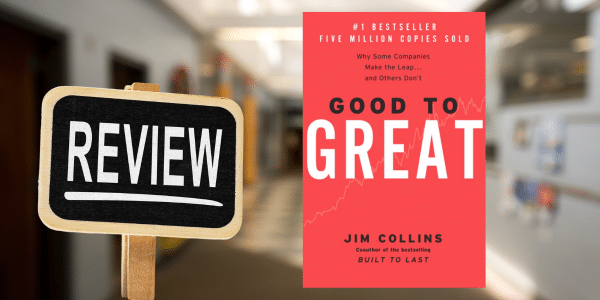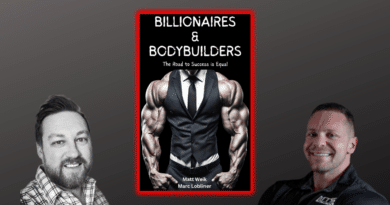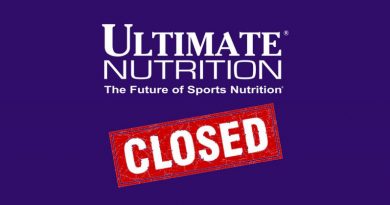Transforming Organizations: “Good to Great” by Jim Collins
In the landscape of business literature, “Good to Great” by Jim Collins stands as a seminal work that explores the factors that differentiate merely good companies from those that achieve sustained greatness. Collins, a researcher and management expert, delves into a comprehensive study of companies that made the leap from mediocrity to excellence.
I hope you enjoy this book review of “Good to Great” by Jim Collins. Let’s dive into the key insights and takeaways from this transformative guide to organizational success.
If you would like to get your hands on the book, click here to read it.
1. The Hedgehog Concept: Focused Excellence
At the core of “Good to Great” is the Hedgehog Concept—a metaphorical framework derived from the ancient Greek parable “The fox knows many things, but the hedgehog knows one big thing.” Collins applies this concept to organizations, asserting that great companies operate with a profound understanding of their core capabilities and a commitment to doing one thing exceptionally well.
The Hedgehog Concept involves three circles: What can you be the best in the world at? What drives your economic engine? What are you deeply passionate about? Companies that achieve greatness, according to Collins, align their strategy and operations with the answers to these questions, creating a focused and sustainable path to success.
2. Level 5 Leadership: Humility and Resolve
Jim Collins introduces the concept of Level 5 Leadership as a key factor in the transformation from good to great. Level 5 leaders possess a rare blend of humility and fierce resolve. They channel their ambition into the success of the organization rather than personal aggrandizement. These leaders, as Collins describes, build enduring greatness through a combination of professional will and personal humility.
“Good to Great” illustrates Level 5 Leadership through case studies of companies where leaders put the success of the organization above their own egos. The concept emphasizes that greatness is not about charisma or personal glory but about a deep commitment to the well-being and success of the company.
3. The Flywheel and the Doom Loop: Building Momentum
“Good to Great” introduces the concept of the flywheel as a representation of sustained momentum. Collins argues that building greatness is a cumulative process of pushing a heavy flywheel consistently, despite initial resistance. While progress may seem incremental at first, sustained effort leads to a breakthrough, and the flywheel gains momentum, propelling the organization to greatness.

Conversely, organizations that fail to achieve greatness often fall into the doom loop—a cycle of erratic decision-making and reactive responses to challenges. Jim Collins emphasizes the importance of consistent, strategic efforts over time and the discipline to adhere to a well-defined path.
4. First Who, Then What: Getting the Right People on the Bus
Collins introduces the principle of “First Who, Then What,” emphasizing the importance of getting the right people on the bus before deciding on the destination. Great companies prioritize building a strong team with the right individuals who share the company’s values and vision. Once the right team is in place, they collectively determine the best path forward.
The concept underscores the significance of people in the success of an organization. Jim Collins argues that having the right people on board is more critical than having a detailed plan from the outset. According to this principle, greatness is built by a team of dedicated and capable individuals working collaboratively toward a common goal.
With one of my businesses, I ran into the issue of hiring the wrong people. On paper, their resume looked great. But once they started working for me, I eventually found out that many times, a resume is just a bunch of words on paper and a highlight reel of their career. After all, who would put on a resume that they were lazy, unmotivated, and toxic? Getting the right people in your organization is crucial to your success. Think about hiring slowly and firing quickly.
5. Technology Accelerators, Not Drivers: A Strategic Approach to Technology
“Good to Great” challenges the prevailing notion that technology alone drives greatness. Collins argues that great companies use technology strategically as an accelerator of their goals rather than as the primary driver. Instead of pursuing technology for its own sake, these companies leverage it to amplify their Hedgehog Concept and accelerate progress.
Collins’ research highlights that technology, when aligned with a company’s core capabilities and strategic goals, can be a powerful enabler of greatness. The key is not to adopt technology for its own sake but to integrate it purposefully into the organization’s overarching strategy.
Conclusion: The Path to Organizational Greatness Through “Good to Great”
“Good to Great” by Jim Collins is more than a business book; it’s a guide for organizations seeking to transcend mediocrity and achieve lasting greatness. Through the Hedgehog Concept, Level 5 Leadership, the flywheel, First Who, Then What, and a strategic approach to technology, Collins provides a roadmap for organizations to navigate the journey from good to great.
In conclusion, “Good to Great” challenges organizations to rethink their approaches, prioritize people, and commit to long-term strategies. Collins’ research-based insights offer a valuable blueprint for leaders and teams aiming to elevate their organizations to the pinnacle of success. Through the principles outlined in the book, readers are invited to embark on a transformative journey, redefining what it means to be truly great in the competitive landscape of business.
Click here to get “Good to Great” by Jim Collins.
Check out some of our other book reviews that you may be interested in:
- Relentless (Tim Grover)
- Your Next Five Moves (Patrick Bet-David)
- Crush It! (Gary Vaynerchuk)
- The 10X Rule (Grant Cardone)
- The Halo Effect (Phil Rosenzweig)
- Rework (Jason Fried)
- Only the Paranoid Survive (Andrew Grove)
- Built To Last (Jim Collins)
- The 4-Hour Workweek (Tim Ferriss)
- Atomic Habits (James Clear)
- Can’t Hurt Me (David Goggins)
- Jab, Jab, Jab, Right Hook (Gary Vaynerchuk)


*Disclosure: This article may contain affiliate links or ads, which means we earn a small commission at no extra cost to you if you make a purchase through these links. These commissions help support the operation and maintenance of our website, allowing us to continue producing free valuable content. Your support is genuinely appreciated, whether you choose to use our links or not. Thank you for being a part of our community and enjoying our content.
PLEASE CONSIDER SHARING THIS ON YOUR SOCIAL MEDIA TO HELP OTHERS LEARN MORE ABOUT THIS TOPIC.





